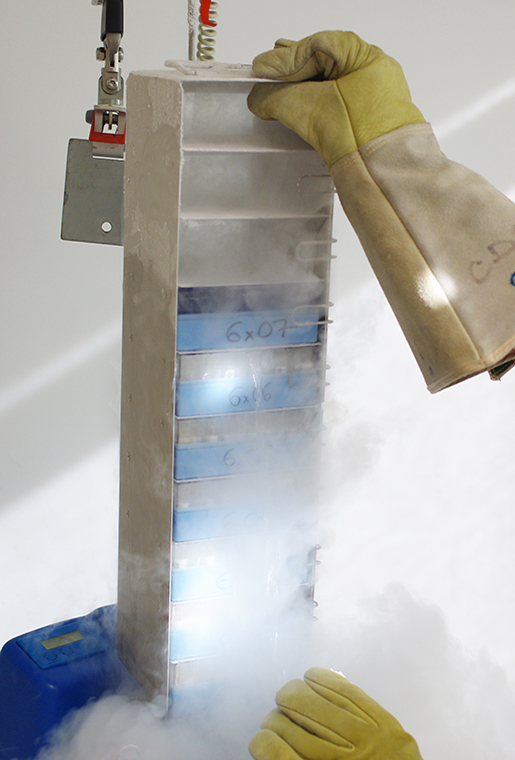
- Promote scientific collaboration
- Maximize the value of stored samples
- Meet regulatory requirements and facilitate certification
This biobanking LIMS allows biobankers to enter data enriched with clinical and biological annotations, optimize storage locations, manage research protocols, build collections, track sales, and operate your biorepository with the required quality and efficiency.
Customer testimonial: Germetheque, a biological resource center in Toulouse, France, chose TDBioBank software for its five sites.
Learn more ...
- List of patients
- List of resources
- Specific collections
- Specific protocols
TDBioBank software also offers a feature allowing patient anonymity to be irreversible through a hashing process, while ensuring the ability to update all patient data through a chaining method. This feature avoids the use of correspondence tables, and is not only saving significant time for users but is also essential in protecting patient confidentiality.
- Import data easily and autonomously
- Check the quality of biological resources before you import them into production
- Edit rich collection catalogs
- Extract data
- Establish statistics
The family component is used to study genetic diseases and family history, and to analyze risks to the patient.
The family component allows to associates individuals in the family tree with patients registered in the TD-Biobank® database, creating family ties. The pedigree chart uses symbols recommended by the International Standardized Human Pedigree Nomenclature.
You can configure the display of the pedigree chart according to your requirements.
- Full traceability of biological resources and their affiliations
- Data security
- Data confidentiality
- Consent management
- Non-conformity management
- Publication of catalogs of collections
In addition, TDBioBank software has the following features to effectively manage your biological resource center:
- Data enriched by clinical and biological annotations
- Optimization of storage locations
- Management of research protocols
- Creation and management of specimen collections
- Tracking of specimen transfers, and so on
- Relational data base (Oracle®, SQL Server®), running UNIX®, Windows®, LINUX®
- Windows® or LINUX® environment with Apache Tomcat
- Client PC with Microsoft Internet Explorer or Google Chrome



